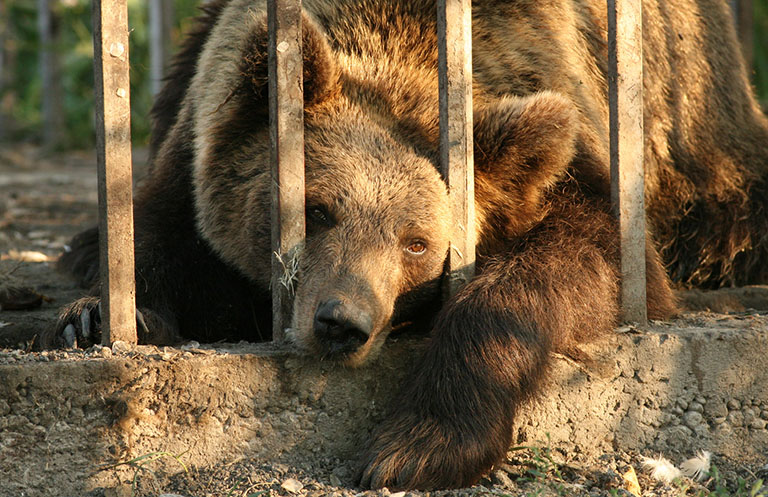
Animal welfare springs from a vital instinct!
From a biological point of view, humans are a species of mammal related to chimpanzees, even though much of the world’s population would not want to accept this finding. This rejection of genetic facts is first and foremost based on the religious, anthropocentric view of the world, which claims the unrestricted rule of humans over all life and therefore, contrary to all evidence, does not accept any close relationship between them and animals. Notwithstanding these traditional blinders, in addition to the genetic makeup that is at least ninety-six percent identical, humans also share a number of behavioral patterns, as well as some typical human activities, such as tool use and intraspecific war strategies, with the chimpanzees. Because of our close genetic relationship to these great apes and for somewhat looser kinships with some other mammals, many persons are immediately touched by young mammals of certain species. The sight of two large round eyes in a roundish head usually causes an immediate protector reaction. Its discoverer, the ethologist Konrad Lorenz, called the trigger the “child scheme”. The response to it is for the survival of our own species, by normally preventing adolescents and adults from harming defenseless children exposed to them. Unfortunately, this child protection mechanism does not always work everywhere. For example, mental illness and instrumentalization can completely paralyze, respectively turn around this protector reflex of those affected, and trigger very cruel acts of violence against children. In addition, human achievements such as weapons technologies or complex social structures make possible aggressions without any eye contact with the victims. This undermines this innate instinct to protect children. It has repeatedly been the case that desk criminals, reported to be loving fathers at home, have ordered mass murders of children in deadly bureaucracies of authoritarian regimes. By analogy, intervening technology can force someone, who could not even softly slap the most naughty child, to detonate on orders atomic bombs by pressing a button and destroy thereby the lives of thousands of children and adults within seconds.
Also in some other mammals, the child scheme triggers an immediate protector reflex, which shall protect young animals from aggression by adult conspecifics. In some animal societies, this reflex also facilitates adoptions in the case of loss of parent animals. Probably since time immemorial, it served the survival of several animal species.
With many humans, this reflex instantly triggers compassion and, if necessary, pity, which are the two strongest driving forces both for the protection of children, and of certain young animals in danger or need. The protection of animals that fit into the child scheme, seems to be anchored in the human brain, together with that of children. Presumably, it only takes significant impressions during childhood to arouse interest in animal welfare and subsequently, appropriate stimuli to trigger the protector reflex. This protector reflex, which is important for human survival, may be the reason, why there are so many and so highly motivated animal rights activists worldwide.
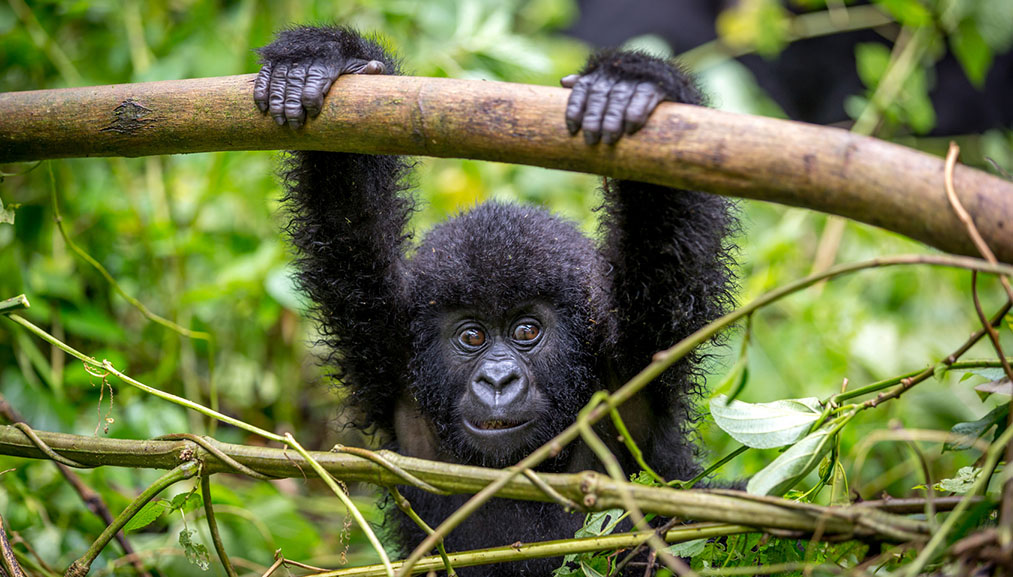
Animal welfare related to species that show that infantile facial traits, is based on innate reaction patterns, which may only aim to promote the survival of humans during the most helpless stages of their development. Animal welfare may thus be at first a side effect of our close genetic relationship with highly developed mammals. It is mostly based on instincts and is carried by correspondingly strong emotions. These emotions are the most important force of the animal welfare movement. Emotions often trigger utmost helpfulness, far more than logical thinking or rewards ever could. In addition, they promote endurance that is so important for voluntary work. The emotional drive literally gives wings to many animal rights activists. He helps them to overcome major obstacles, to withstand setbacks mostly unscathed and to take on long-lasting privations.
Animal welfare is predominantly female!
It is primarily women who are involved in animal welfare activities. Presumably because they allow feelings much more than men, whose traditional upbringing often led to the suppression of their emotions right from the start. Indeed, feelings hinder the smooth insertion of male adolescents into the role models traditionally intended for and adapted to them, such as those as hunting breadwinners, fearless warriors and determined defenders. In contrast, the natural and culturally promoted closeness of women from the age of girls to toddlers, probably reinforces the effectivity of the child’s scheme with them, which ultimately also benefits animal welfare. In addition, there is some indications, that women are by nature more emotional than men. This would make sense in view of the survival of humanity, since they give birth and in most cases, raise the children and in addition, mostly keep families together. Both parenting and family cohesion benefit greatly from love and patience, both of which require enough emotional power of the women involved.
However, overly intense emotions can weaken the position of animal rights activists and make achieving their goals more difficult. Excessive feelings can hinder clear argumentation and constructive discussions, and sometimes even thwart the convincing of interested discussion partners, which could join and further promote animal welfare objectives. Above all, they offer opponents of animal welfare activities welcome attack surfaces and opportunities to chase out courageous animal defenders as unobjective or even hysterical. Such attacks almost always come from men, who unconsciously defend our society based on typical masculine characteristics such as rationalization, mechanization and oppression, and which therefore proves to be extremely hostile to animals, against any emotional and irrational influences, that are perceived as uncontrollable and dangerous from their typically male perspective. Such behavior not only disavowes legitimate concerns raised by animal defenders, but also perpetuates the long history of disregard for women and the suppression of primarily feminine characteristics in all human beings.
In the face of great animal suffering, strong emotions can sometimes prove counterproductive. On the occasion of some attempts at helping severely suffering or injured animals, particularly vulnerable animal defenders may become unable to help them, which can cause unnecessary animal suffering.
The emotionally motivated animal welfare, which builds on the protector reflex activated by the child scheme, worries mainly about those animals, the facial features of which correspond to it. In most cases, its concern is about mammals. Often it also cares for birds, sometimes also for some fishes, turtles, lizards, frogs and salamanders, as well as other exceptions within the classes of reptiles, respectively amphibians, and last not least, for butterflies, bees, dragonflies and other appealing species among insects. Apart from that, animal welfare is based on ethical attitudes of varying range. Animal welfare motivated by pathocentric environmental ethics helps those animals in need, which are considered capable of suffering. However, suffering is neither measurable nor can it be grasped rationally in any other way, which is why the question of the ability of animals, as well as humans, to suffer is always subjectively decided! Mostly, only vertebrates are considered capable of suffering and therefore considered worthy of protection in the sense of pathocentrism. In contrast to it, animal welfare guided by biocentric ethics avoids the unresolved question of the capacity of feeling pain or stress, by granting all living beings the right to protection against abuses and violence. The most prominent advocate of biocentric environmental ethics is the tropical physician, theologian and Nobel laureate Albert Schweitzer (1875-1965) who is said to be at the origin of the following quote: “Without reverence for life, humanity has no future.”

Animal welfare also attracts egomaniacs!
Like other non-profit areas, animal welfare also offers many self-promoters the opportunities they crave so often, to perform regularly. This is evidenced by numerous publications and events by animal welfare associations, as well as by regular appearances of their egocentric functionaries in the media. Among the relevant events, so-called animal welfare galas make the best stages for self-willed wannabe. They provide them with ample opportunities to expand their circle of acquaintances through chats with more or less influential people. They adore subsequently using superficial acquaintances with known personnalities as a means to impress other people and make friends at every suitable opportunity. Thanks to snowball effects, circles of so called friends and acquaintances can be grandly expanded in this way and occasionally be decorated with sounding names.
Animal welfare galas also provide welcome opportunities to earn substantial sums of money for the relevant associations. Many of their officials like to present these revenues as personal successes, a strategy which enhances their reputation within their associations, strengthens their positions there and secures them for a certain period of time. This guarantees them the access to the necessary framework for their self-staging.

In fact, all these activities are less for animal welfare, than for the organizers’ public relations work on their own behalf. Such appearances in public stand in sharp contrast to the often very stressful and risky animal welfare work on the fronts, be it the salvage, emergency aid and long-term care of suffering animals, or the detection of and the fight against animal cruelty at crime scenes and courts. Few people are aware of the many efforts and sacrifices made by those animal rights activists, most of whom, unnoticed and unsuspected by humans, often fulfill these important tasks of animal welfare, regardless of their own health. Those personalities who are invisible to the outside world, who daily care for the welfare of needy animals and who do the many dirty jobs without complaining, are the true heroes in animal welfare, not those who are presented as such at every opportunity, and who regularly appear complacent in the spotlight.
Unfortunately, it looks like public presence is mostly at the expense of effective animal welfare work. Since donations depend on the level of awareness, the most dedicated initiatives usually have to make with the least financial support, while associations with a focus on public relations and marketing, share the lion’s share of the donations intended for animal welfare issues. This may be one of the reasons, why many animals suffer in large numbers even in those areas, where well-known animal welfare organizations are collecting large sums of money in the course of their fundraising campaigns.
The welfare of farm animal deserves highest priority!
In general, until now only vertebrates, above all mammals and birds, at most amphibians and reptiles, as well as in the best case also fish are recognized as comparably sensitive to pain and mental stress as humans. Therefore, animal welfare is usually concerned in particular with animals from these classes in the animal kingdom, in which it also selects the species to be assisted. While, for example, turtles as traditional pets still receive relatively much attention from animal defenders, the animal welfare commitment towards other reptiles is very limited. Thus, snakes have in general an undeservedly bad reputation since biblical times and receive as little attention from the side of animal defenders, as crocodilians. Thus, snakes continue being massacred unhindered by many people at every opportunity, regardless of their important ecological functions and majoritarian harmlessness. This is due in part to the falsely reported role, which one of their first representatives played according to the Old Testament, in seducing our alleged ancestor Eve, who then was expelled from paradise.
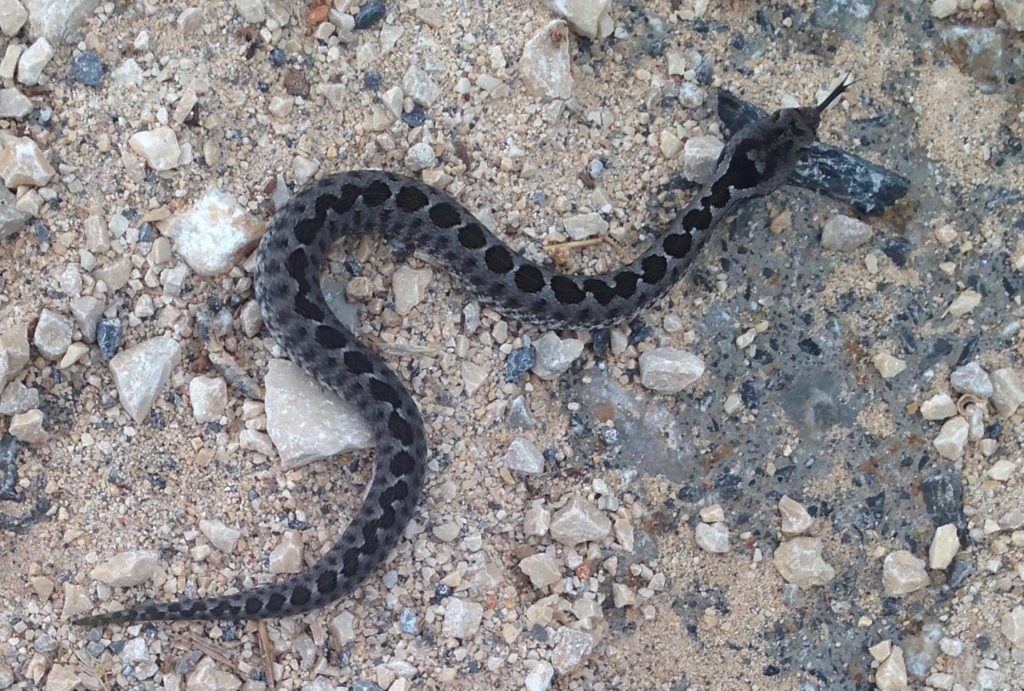
Animal welfare obviously focuses on those mammals, whose infantile facial traits trigger strong emotions. Of these species alone, hundreds of millions are kept under unacceptable conditions, exploited or brutally persecuted and usually killed by thoughtless people as food or raw material suppliers, experimental, work or pet animals, for sports or for other purposes. Most commonly, farm animals suffer from factory farming, where they are often mutilated without anesthesia and vegetate in masses, until a brutal slaughter frees them from their ailments after a short, miserable and unnatural life in captivity. The number of these victims is steadily increasing for the quest of a growing world population for food of animal origin. Already due to the unnecessary tormenting done to masses of livestock in intensive animal husbandry, they deserve the highest priority in animal welfare. It offers these very sensitive animals, that are otherwise exploited for the purpose of very short culinary delights until their brutal death, at least some well-being and quality of life and promotes their health. For all those, who also concede animals own values and the right to an appropriate life, this should be reason enough, to do something for the protection of livestock.
Thanks to livestock protection, the quality of the food produced by these farm animals also increases significantly. Not only the animals benefit from livestock protection, but also more and more consumers, who can gain increased enjoyment and health benefits through the consumption of food produced with respect of these animals. In addition, animal respecting livestock farming is usually associated with careful agriculture and small-scale farming structures. These create very valuable cultural landscapes, from which, in turn, many locals and numerous visitors to these areas benefit directly. All this should move even die-hard hedonists, who grant other forms of life at most utilitarian values to their personal benefits, in support of consistent livestock protection.
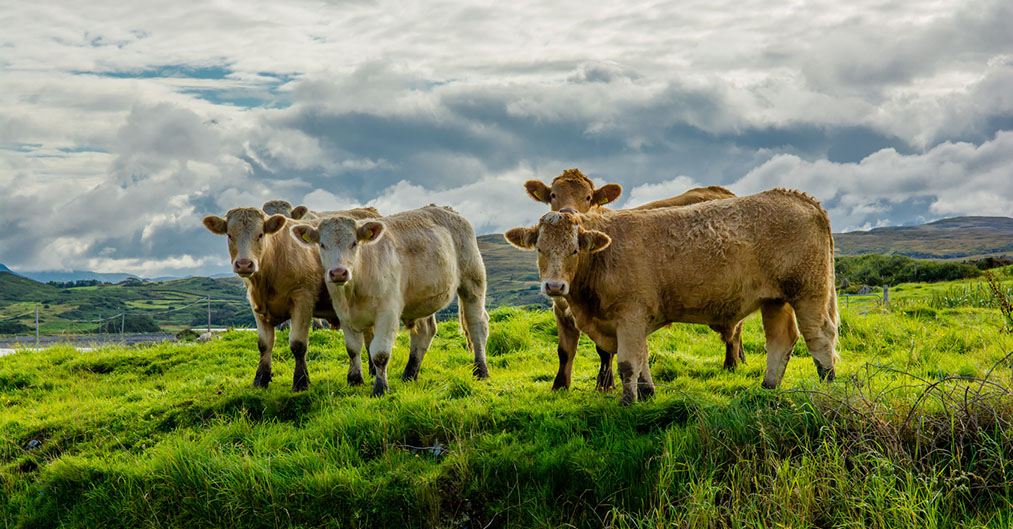
Animal welfare serves humans too!
Like the protection of livestock, the care for domestic, pet and wild animals does not only benefit these, but also countless people. Thus, animal welfare can assert its place even in our modern society, which has fallen blind to human´s self-centeredness, and should become even increasingly important, as the population becomes more enlightened.
The greatest benefit to humans may come from the spread of mindfulness and respect for animals in general, and in particular to mammals, which from a scientific point of view, include humans. Accordingly, the results of a recent study indicate that children who grew up with animals, behave much more socially, than those who grow up with no contact with animals. Thus, a sustainable future for mankind is hard to imagine without mindfulness and respect for other people and close relatives in the animal kingdom. In addition to the countless animal torments worldwide, such, respect over-riding species’s barriers is another reason for animal welfare deserving highest priority. It protects many people from creeping emotional poverty and from sneeking brutalization, thereby protecting not only animals, but also other people from undue exploitations and violences, that have been scourging society for ages. Outstanding thinkers recognized this important benefit of animal welfare for humans early on. For example, the important German philosopher of the period of enlightenment, Immanuel Kant (1724-1804), condemned all kinds of animal cruelty not for the sake of the suffering animals, but out of the conviction, that they were causing the brutalization of people, and dulling their ability to pity one another. The German philosopher Arthur Schopenhauer (1788-1860) took the same position, as his following quote makes quite clear: “Compassion for animals is so closely related to the quality of character, that one may say confidently: The person who is cruel to animals, can not be a good human.”
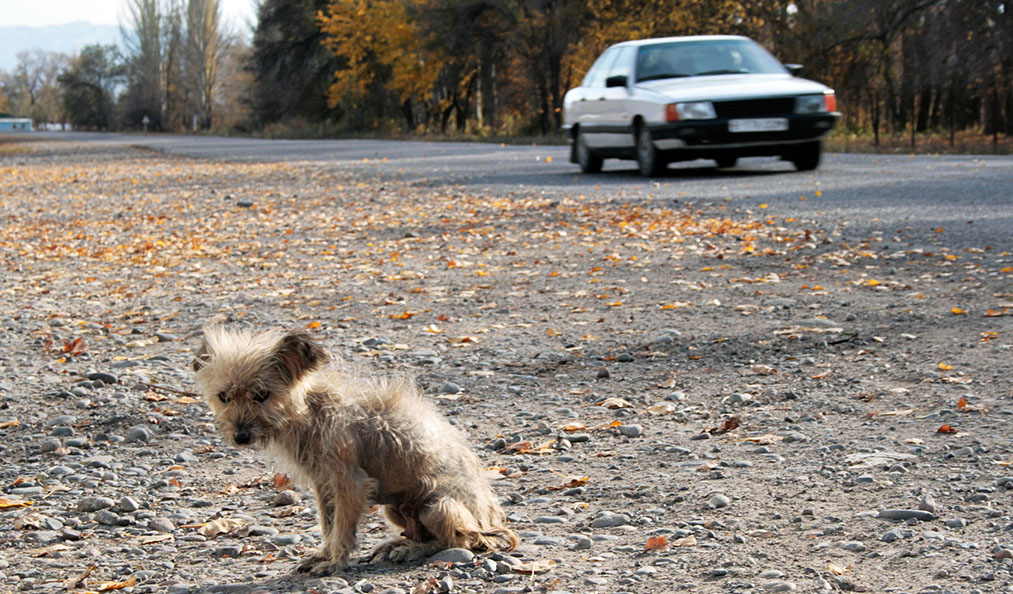
In addition, animal welfare brings several other benefits for humans. It enhances the quality of life of many compassionate pet owners, who help animals in need, by giving their lives an additional meaning and increasing their self-esteem. Animal welfare also helps many people to exercise responsibility and to stabilize their own lives during critical phases. Furthermore, thanks to applied animal welfare, different patterns of behavior or specific characteristics of non-stressed animals can be analyzed thoroughly, thus obtaining better results for the benefit of the general public. Currently, this is happening especially in the field of bionics and brings us from time to time significant innovations. In this booming branch of industry, above all successful anatomical adaptations from the animal kingdom are being simulated for technologically innovative applications.
No matter how important these benefits of animal welfare may be to humans, we should support it for the sake of the animals themselves, and less for its benefits to us. All animals, despite their lesser mental abilities, have the same intrinsic values as all humans. Who denies this, may consider, that no person would seriously deny the mentally underdeveloped people the same self-values and rights to live, which are attributed to healthy and intelligent persons. Therefore, a denial of the same intrinsic values in animals and of corresponding rights to exist, can not be justified because of their lesser intelligence. In any case, these intrinsic values of animals are to be ranked higher, than their potential uses for humans. Such self-values are associated with certain rights for the animals to live without unnecessary exploitation, torments and killing, which should be respected as much as possible.
